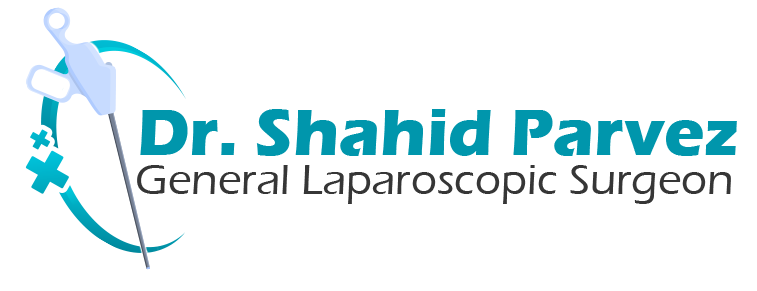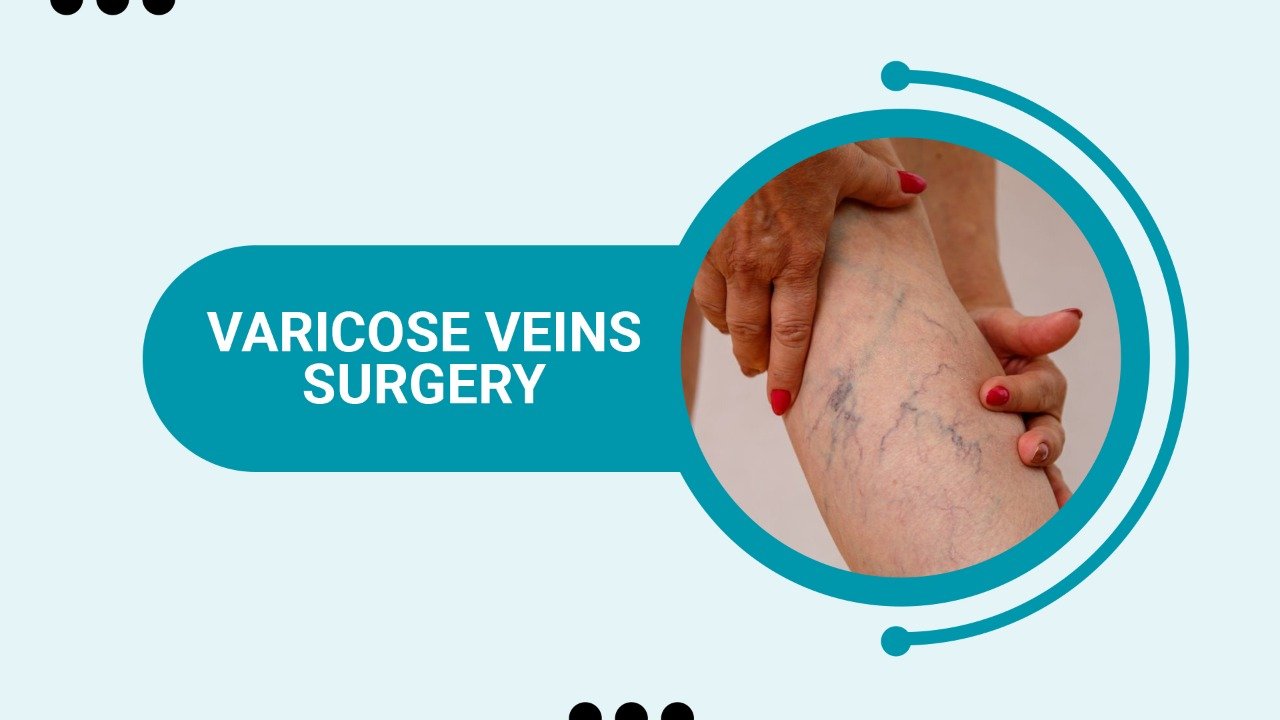

What are Varicose Veins and How Do They Work?
Varicose veins of the legs are common. It affects 1-15 percent of adult men and 20-25% adult women. Multiple valves in the leg vein help blood flow in the direction of the heart. If these valves become damaged, blood can pool in the legs and cause swelling, pain, heaviness or fatigue. The person may end up living a life of disability.
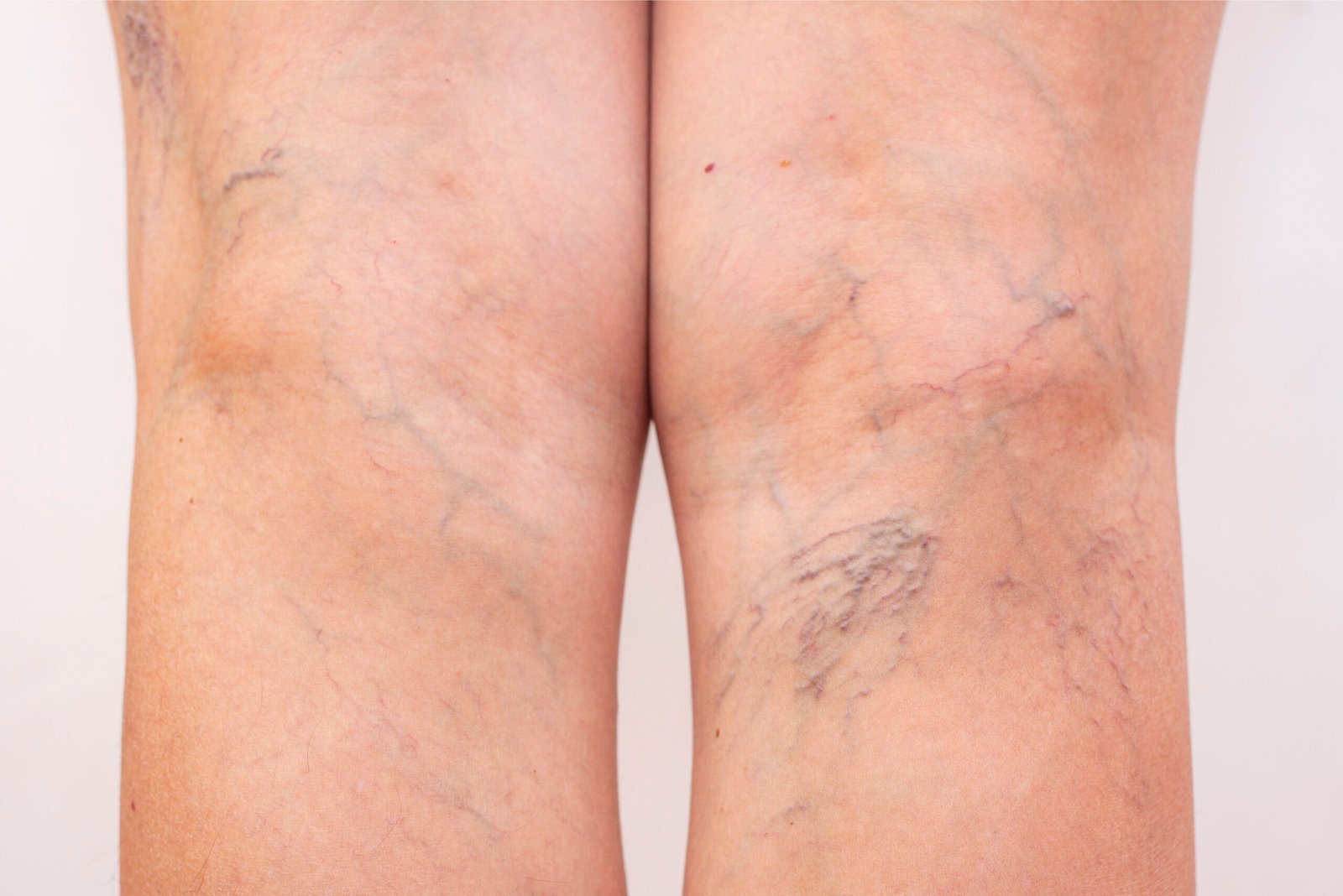
What are they supposed to look like?
- Patients usually complain of pain in their legs/legs, which can be dull and achey after prolonged standing.Elevation can relieve this pain.
- They may also experience swelling at the ankles, which can make the legs feel heavy.
- They may complain about discoloration in the ankle area.Ankle ulcers can form.
- Itching and night cramps may be a common complaint.
- Obese people can experience pain, swelling, and heaviness for many years. However there may not be visible varicose veins due to obesity.These people also have large veins that can be seen on color doppler.
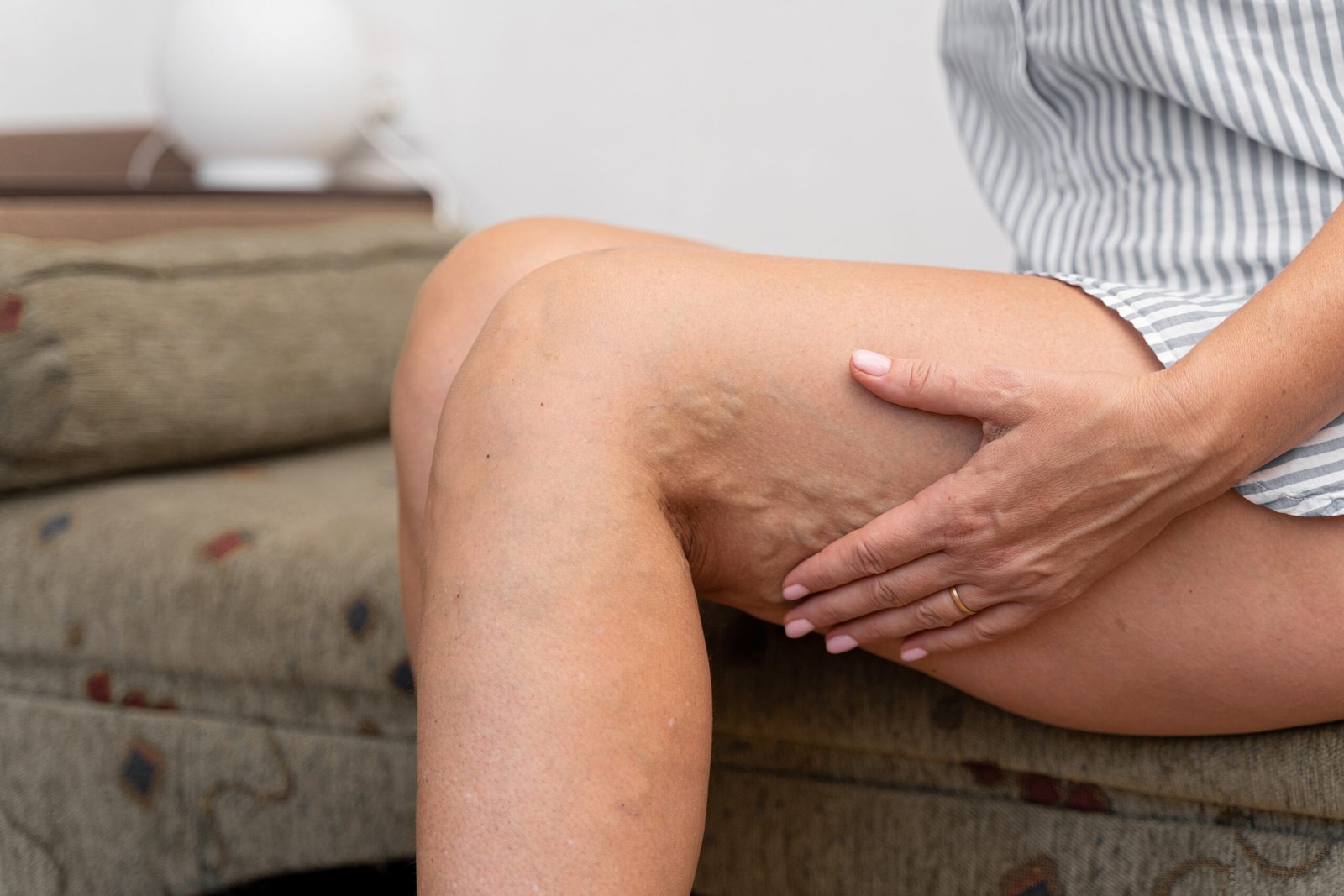
Varicose Vein Symptoms
Modern fashion, sedentary lifestyles, and special positions taken while performing professional duties all contribute to an increase in incidence of many diseases that were not common before. Varicose vein disease, which is caused by sedentary lifestyle, is one example. This problem is now very common. Varicose vein disease is affecting between 15 and 20 percent of Indians, according to one estimate. This disease is four times more common in women than it is in men. Varicose veins are more likely in young women who wear tight jeans or high-heeled sandals.
Most common symptoms are:
- Pain (Sometimes on & off).
- End of the day swelling is more apparent
- Heaviness in the leg
- Prominent & dilated veins in leg veins.
- Venous ulcer.

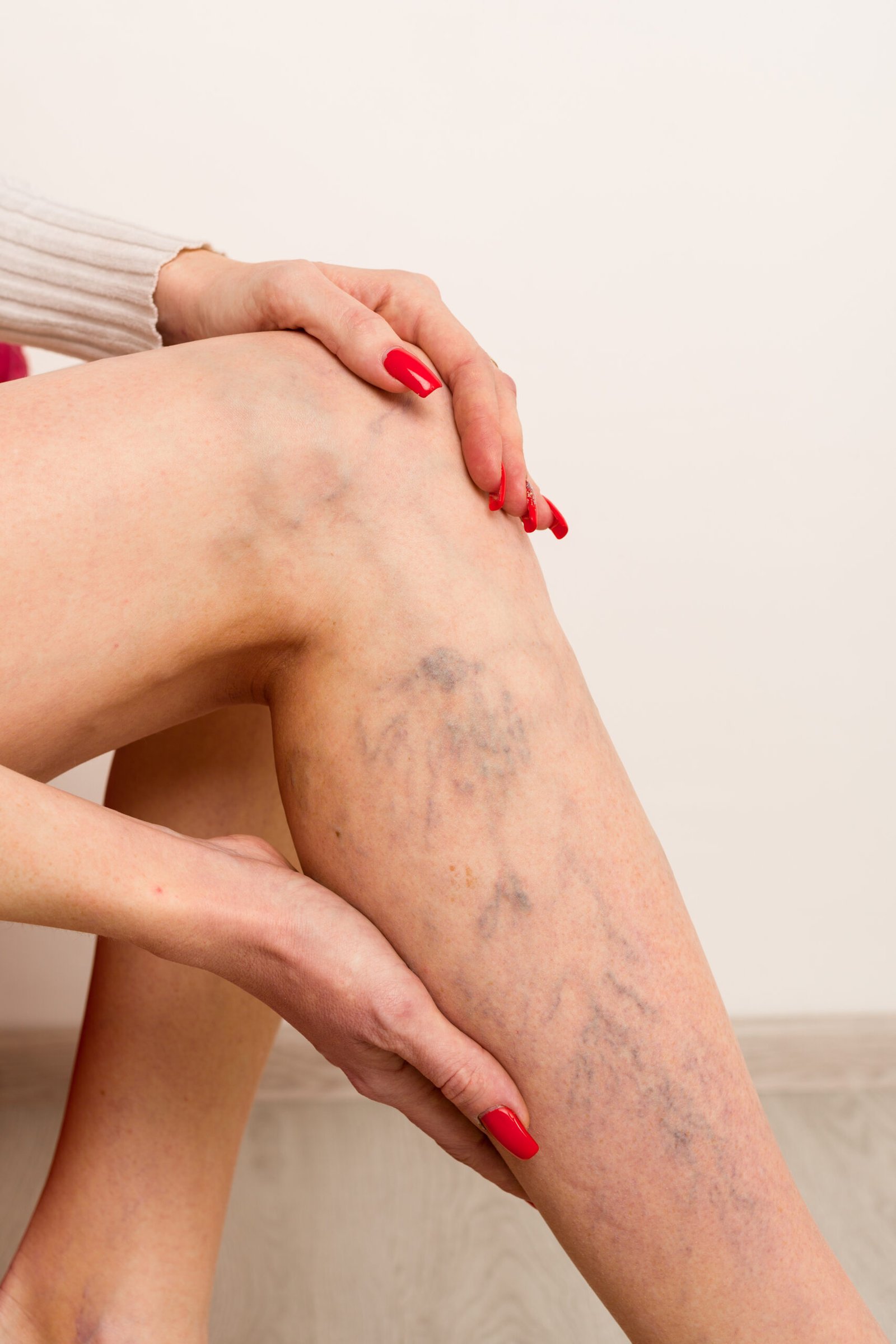
Leg Effects & Complications
Bleeding from Superficial Veins: An area of bleeding that has been under long-standing pressure can develop in the veins. The site may be small and no bigger than pinholes. These tend to occur around the ankle. However, spontaneous bleeding can occur anywhere there is high vein pressure.
Venous pigmentation also known as Hemosiderin skin staining is a common late complication from untreated superficial vein insufficiency.
Venous stasis, also known by venous eczema or venous eczema is a common inflammatory skin condition that affects the lower extremities of patients with severe chronic vein congestion. It may appear as a discrete patch or spread to the entire leg and ankle. This condition can cause swelling, usually around the ankles or legs, as well as changes in skin texture and color. Itchy skin can appear red, purple, and brown.
Venous stasis ulcers are the most severe complication of chronic venous congestion and untreated superficial vein insufficiency.
A blood clot or thrombus that forms in a vein near the surface of the skin is called superficial venous thrombosis. A blood clot is often seen as a red line along the vein’s course. It may feel warm and tender, or swollen from inflammation (phlebitis).
Deep vein thrombosis (DVT), is a condition in which blood clots form in deep veins, most commonly in the legs. Massive leg swelling can be caused by the total occlusion or impairment of blood flow to the heart.
Pulmonary embolism is a blood clot that forms in deep veins and eventually migrates to the lungs. If left undiagnosed, it can cause death.

Varicose Vein Treatments
Advanced Laser Surgery for Surgical Treatment
Conservative Treatment: – Lifting and flexing your legs can reduce swelling and alleviate other symptoms.
Compression Stockings – These elastic stockings squeeze your veins to stop blood from rushing backward. It may be necessary to wear
For the rest of your days, wear compression stockings every day.
Sclerotherapy is for short-term disease.

